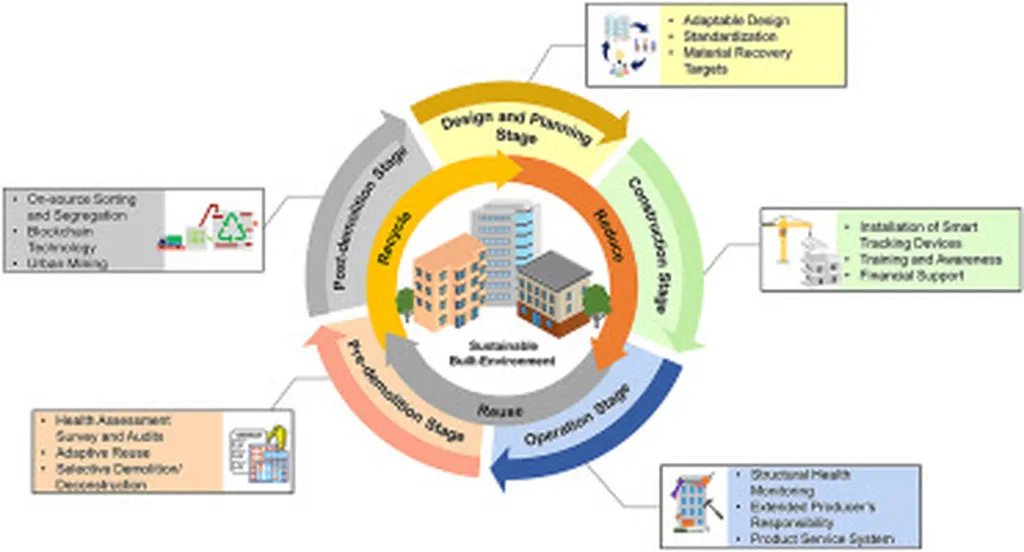In the quest for a more sustainable built environment, a novel approach to assessing the disassembly potential of building components has emerged, promising to streamline the transition towards a circular construction industry. Havu Järvelä, from the Department of Architecture at Aalto University in Espoo, has introduced a practical framework that could significantly impact the way buildings are designed and deconstructed, with substantial benefits for the energy sector and beyond.
The construction industry is a major contributor to global greenhouse gas emissions, with demolition waste and virgin material use being significant factors. Design for Disassembly (DfD) has been touted as a key strategy to extend material life-cycles and reduce waste, but its broader adoption has been hindered by the lack of standardized, quantifiable assessment methods. “Most existing methods are not applicable in the early design phases, when decisions that greatly influence a building’s circularity are made,” Järvelä explains.
The newly proposed method focuses on the quantities of building materials and their distribution to structures and assemblies, offering a more accessible and scalable approach. Unlike previous methods, it allows for a material layer-dependent assessment, providing a more nuanced understanding of a building’s disassembly potential. “This method aligns more closely with expert assessment while remaining streamlined,” Järvelä notes, highlighting its practical relevance.
The implications for the energy sector are substantial. By enabling earlier and more accurate assessments of disassembly potential, the method can facilitate better integration with life-cycle assessments, ensuring that buildings meet carbon footprint limits from the outset. This can lead to significant reductions in greenhouse gas emissions associated with future building component production.
Three case studies were evaluated to demonstrate the method’s feasibility and results, underscoring its potential for real-world application. As Järvelä and colleagues argue in their paper published in the journal *Buildings & Cities* (which translates to *Cities and Buildings* in English), integrating DfD considerations into the early design process can advance the construction industry towards more circular and resource-efficient practices.
The research suggests that a more reliable disassembly potential assessment framework is essential for reducing demolition waste and cutting emissions. By providing a practical tool for early-phase design, this method could shape future developments in the field, promoting a more sustainable and circular construction industry. As the built environment continues to evolve, such innovations will be crucial in mitigating the industry’s environmental impact and driving towards a low-carbon future.

